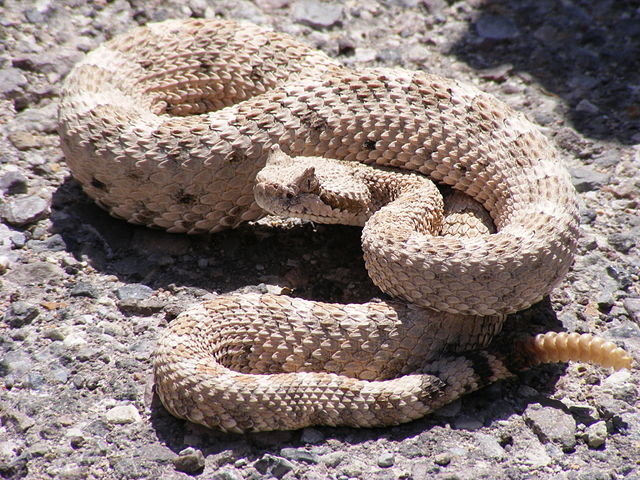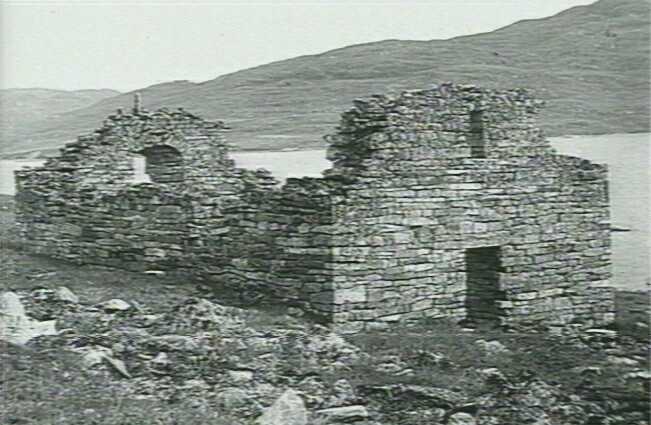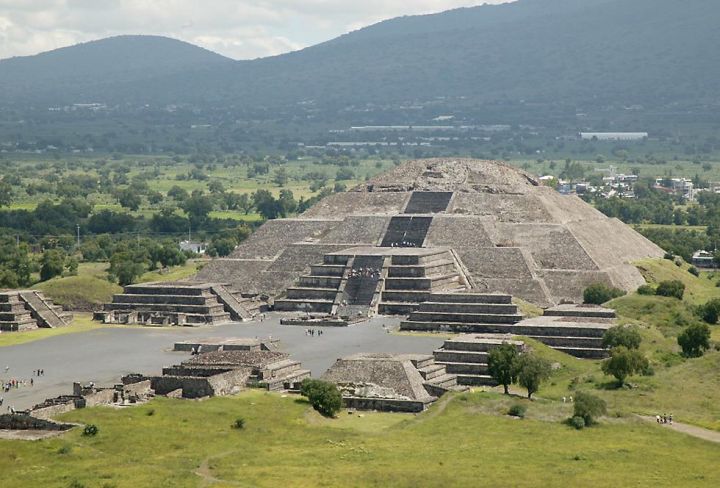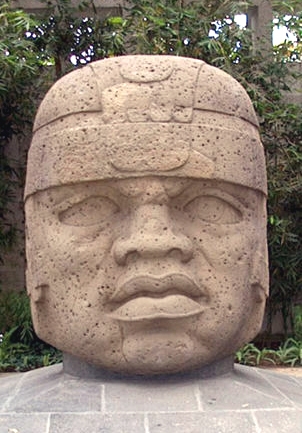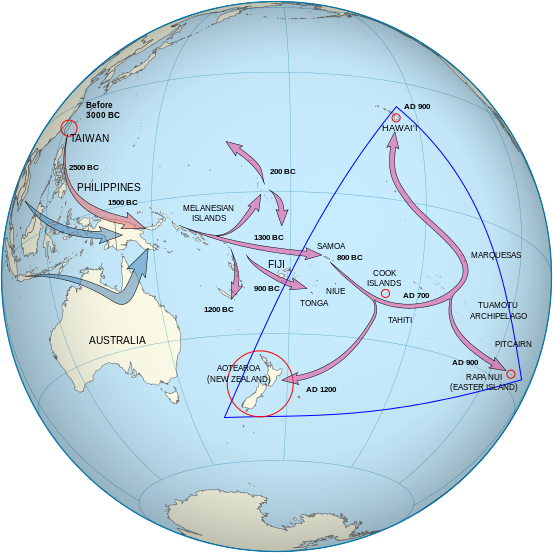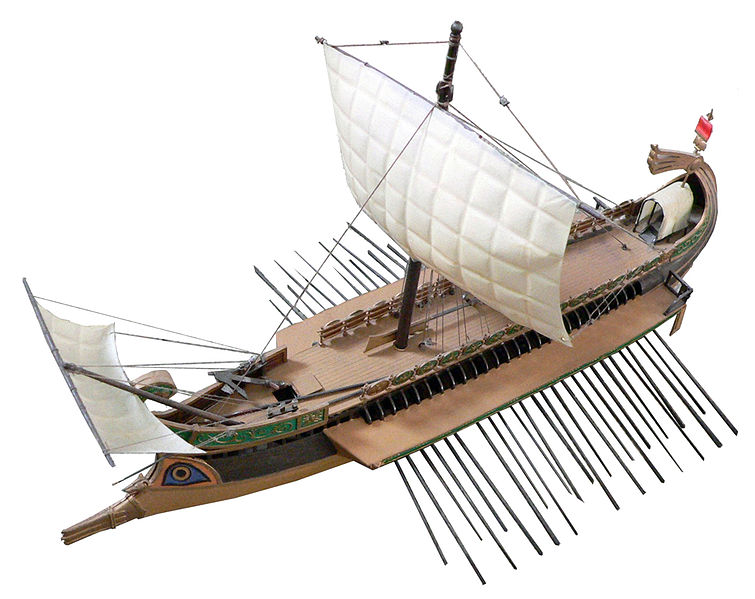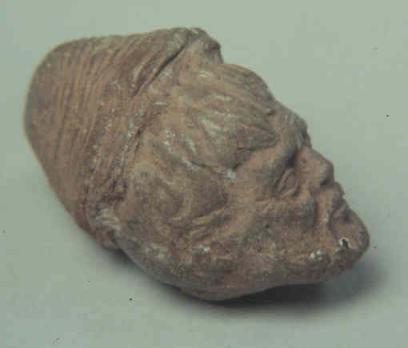Not serpents in the sunshine hissing;
Not snake in tail that carries rattle;
What’s so startling about it? Nothing at first glance; it just seems like some nonsense about snakes. And it is, except for the fact that one of the snakes has a rattle on its tail, which means that the passage must be referring to a species of rattlesnake. Here’s why that’s interesting: rattlesnakes are native to the Americas, and were unknown in Europe, Africa, or Asia until after Christopher Columbus’s voyage to the New World in 1492. The Roman author, writing around 90 A.D., some 1,400 years before Columbus, shouldn’t have known about the animal. But according to this passage, he did. How’s this possible?
Let’s throw out natural explanations. There’s little chance the Romans were talking about a now-extinct or undiscovered species of Old World rattlesnake. There’s no fossil evidence of such an animal existing. It’s also unlikely that the Romans were talking about a known form of European or African snake. While plenty of Old World snakes twitch their tails, none produces a sound anything like a rattle (and Roman infants had rattles the same as ours today, so it’s not a matter of acoustics). It’s also improbable that a rattlesnake somehow survived a transoceanic voyage on a piece of driftwood, only for a Roman to find it, bring it back to health, and display it for the author in question. Therefore, if a rattlesnake made it to Rome alive, humans brought it.
This, then, implies contact between the Old World and the New before Christopher Columbus’s 1492 voyage. This, in turn, would mean that either American Indians brought a rattlesnake to the Old World, or Romans sailed to the Americas, picked up rattlesnake, and returned it across the Atlantic to Italy.
Neither idea is totally farfetched. We have evidence that at least one group of Europeans came to the New World and returned to the Old with souvenirs of their voyage. In approximately 1000 A.D., Vikings crossed the northern Atlantic and settled in Newfoundland, where they traded and fought with local Indians. After an undetermined amount of time, the Vikings abandoned Newfoundland and returned to the Old World, bringing some American Indians with them. Oral and written histories, archaeological evidence, and DNA studies confirm that this transatlantic crossing occurred at least once and possibly multiple times.
Other Pre-Columbian Old World-New World connections are on more shaky ground. Because there are pyramids in both Egypt and Central America, this has led some to conclude that Egyptians must have sailed to the New World and taught Central Americans how to build pyramids. Architectural historians and anyone with a basic knowledge of how shapes work counter that a wide variety of cultures constructed pyramids because it was the easiest shape to build using stone. If someone working in the days before steel I-beams wanted something big, it would have to be a pyramid. Try building a square structure the size of the pyramids without the roof caving in.
Another possible Africa-New World connection involves the Olmecs, who lived in Central America from 1500 to 500 B.C. According to fringe historians, Olmec statues depict sub-Saharan African phenotypical features, which would indicate that Africans must have been in Central America to serve as a model for these statues. In some ways, this theory makes sense. Sub-Saharan Africans traveled off the coast of Africa in large boats capable of holding over twenty people. It would not be unreasonable to assume that over the course of history, one of these boats became lost and sailed on ocean currents to the Americas (there are plenty of stories of people surviving long periods at sea in modern times).
The only problem with the Africa-Olmec correlation, then, is that the statues are the sum total of evidence for this connection. There’s no African DNA in Olmec descendants and archeologists haven’t uncovered African artifacts at Olmec sites. So the African-appearing statues may be evidence of Pre-Columbian crossing, or they could be an artist taking liberty with his subjects.
Some believe that there were voyages from the New World to the Old. Columbus, himself, mentions unusual looking people washing up on Ireland in 1477 A.D. Spanish author Bartolomé de las Casas recounts a similar incident occurring in the Azores a few years later. Owing to ocean currents, these mysterious people could have been Inuits who’d drifted off to sea in their canoes. Some historians even contend that the arrival of these unusual people inspired Columbus to believe a westward voyage was possible.
Although it may seem unfeasible for a technologically unsophisticated society to make such a long voyage, the Polynesians of the Pacific prove that it could have happened. At around the same time that Columbus was contemplating sailing west to reach China, there were Polynesians traveling over 3,000 miles from one Pacific Island to another. They may have even been the first Old World society to land in the American mainland and may have introduced Eurasian chickens to South America. Although this idea had yet to be proven, because Polynesians traveled extensive distances with animals—they introduced pigs to Hawaii—they support the possibility that a rattlesnake could have survived a trip from America to the Old World.
So Africans and Polynesians may have gone to the Americas before Columbus, and Indians may have gone the other way. What about non-Viking Europeans crossing the Atlantic? Rome, after all, is in Europe. Just like the others, there are plenty of stories saying that Europeans reached the New World before Columbus, but except for the Vikings, these accounts hold even less water than the Africa-Olmec connection. There’s the story of the Welsh explorer who sailed to the Americas in the 12th century and built fortresses in Kentucky and Alabama. There’s also the belief that Phoenicians or the lost tribe of Israel sailed to the New World and left stone inscriptions as evidence of their journey. Almost all of these inscriptions have turned out to be hoaxes. As are stone carvings saying that the Knights Templar made it to Minnesota, the Vikings to Oklahoma, and Hebrews to New Mexico.
Even if some of these European voyages took place, they were one way. Did anyone besides the Vikings travel across the Atlantic and make a return voyage? Again, all we have are vague stories. A 6th-century Irish monk claimed to have sailed west, found a mysterious land, and returned safely to Ireland, but the descriptions he left behind are vague and likely metaphorical. Writers in Mali say that 400 ships crossed the Atlantic in the 1300s. The only vessel to return from the trip bore tales of fighting with dark-skinned people, which some historians presume to be Indians. Again, this may be true, but evidence is scant. There’s also the claim that Chinese reached the New World in the 1400s. Although the Chinese did have an impressive navy at that time and theoretically could have sailed to the Americas and back, there’s zero evidence they did so. The historian who made up this claim is an idiot.
But what about the Romans? If any group of people other than the Vikings could have reached the New World and returned it would have been the Romans, even though they were in their heyday 1000 years before the Vikings. The Romans had an impressive navy, their ships frequently sailed off the coast of Spain and England, and archeologists have found evidence that they colonized the Canary Islands in the Atlantic. Although Roman vessels weren’t designed for crossing large distances of open ocean, it’s very possible that one became lost at sea and wound up in the New World. Because the Romans used Greek mathematician Herodotus’s estimation of the world’s size—which was much more accurate than Columbus’s—it’s possible that they could then have made a return voyage carrying exotic animals.
Except for my rattlesnake reference, however, there’s no written evidence that Romans made a Pre-Columbian Atlantic crossing. Popular histories often say that archeologists have uncovered Roman coins in Aztec or Mayan tombs, but I’ve never seen a primary source to these claims. They seem to be based on unfounded rumors. There is, however, one intriguing archeological find that may indicate Roman-American Indian contact. In 1933, archeologists near Mexico City uncovered a terracotta head buried with Pre-Columbian Indian artifacts. Interestingly, the head bears European facial features and is in a similar art style to statues from ancient Rome. Although some regard the head as a hoax, many legitimate historians believe it may be evidence that Romans arrived in the New World. The consensus among supporters is that a Roman ship was blown off course and wrecked on the coast of Mexico.
But again, getting back is a whole different story. Is there any evidence that Romans went to the America’s and returned? Sorta. A depiction of a fruit bowl on a mural in Pompeii and a mosaic hanging in the National Museum of Rome may be evidence of such a journey. Like my rattlesnake passage, at first glance, there’s nothing special about the mural and mosaic. They looks like something that would be seen in a twentieth-century art classroom. Just a bunch of fruit. On further inspection, however, one of the fruits shouldn’t be there: a pineapple. The grapes, figs, and apples are from Europe and were a staple of the Roman diet. The pineapple, on the other hand, is from the Americas. As far as we know, Columbus first brought a pineapple to the Old World in 1493.

Botanists and historians say the thing on the right is a pine cone. They’re probably right, but it sure looks like a pineapple. And why put a pine cone in with your fruit? It’s probably dirty.
So what’s the story with the pineapple in the mural? Botanists claim that it’s nothing more than a pinecone from a native Italian tree that bears a striking resemblance to the pineapple. The pineapple isn’t really a pineapple, but a pinecone. Romans included pinecones in their depictions of fruit because they were meant to represent virility. These critics are probably right. After all, how likely is it that a pineapple would survive an Atlantic journey in good enough shape to have its seeds planted and have the resulting tree survive long enough to bear fruit. That’s a stretch. But man, that thing looks like a pineapple.
Where does that leave my rattlesnake? Will it be the final piece of evidence that convinces historians that there was Pre-Columbian contact between the Old World and New? Will I be arguing with historians who seek to explain it away like the pineapple in the mural and the mosaic? Will I hear “the Roman author was speaking about the noise the snake made with its mouth, the Romans tied bells to snakes, the author was speaking in metaphors and the snake was meant to represent childhood,” or some other explanation? Will my snake go on the pile of possible, but unlikely evidence of Pre-Columbian travel?
Nope. It won’t even get that far. I fucked up. After thinking about it for awhile, I realized that I’d just read a really shitty translation of the Roman text. The rattlesnake was just a snake. The author was translating to make the original text flow in English as it did in Latin, not for historical accuracy. He wanted it to sound like a poem. He was trying to rhyme and added the line “not snake in tail that carries rattle” to do so. He either didn’t know or didn’t care that there were no rattlesnakes in the Old World. A different translation of the same line says “the viper scorched by the midday sun.” Nothing about a rattle.
Here’s the rub: Pre-Columbian contact probably happened somewhere, sometime, whether it was the Romans, Egyptians, Phoenicians, or American Indians themselves. A boat became lost, drifted off, and sailed on ocean currents until reached the other side of the Atlantic. This probably happened at least once, but I don’t know if we should worry about it too much, because what likely followed was the wayward ocean goers either dying of disease or being killed by confused locals. If they survived, they probably adapted to the local culture and lived out their lives quietly. It’s doubtful that the newcomers reached high enough in their new society’s hierarchy to influence its development. And if someone, somehow did make it to the other side of the Atlantic and back, we’d probably have more evidence than a vague reference to a rattlesnake in a poem.
Brad Folsom
